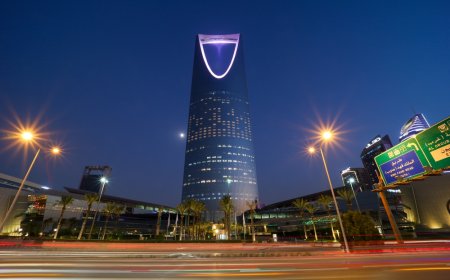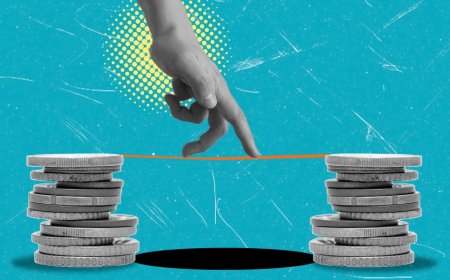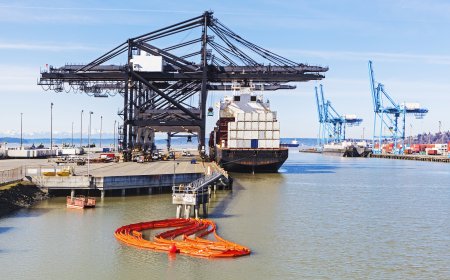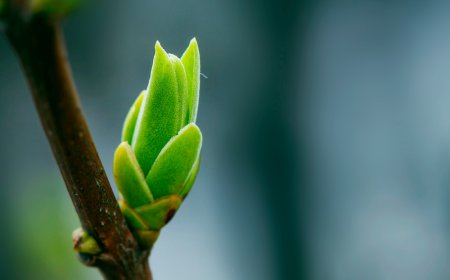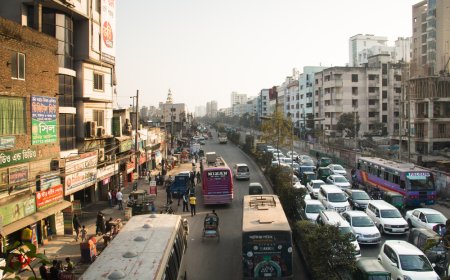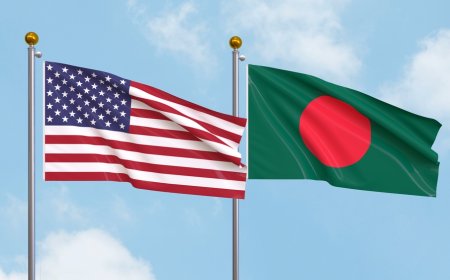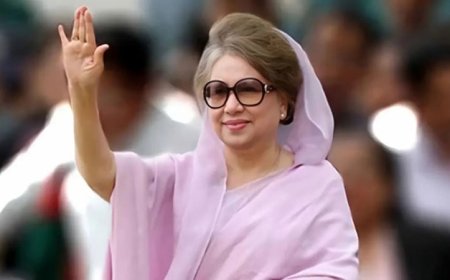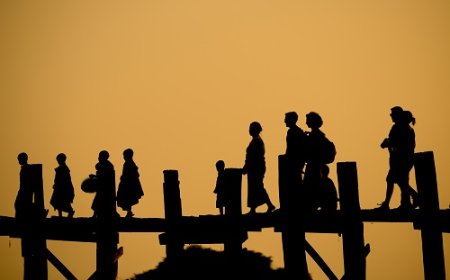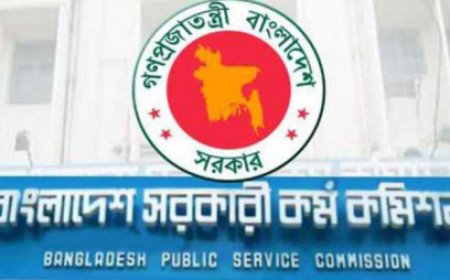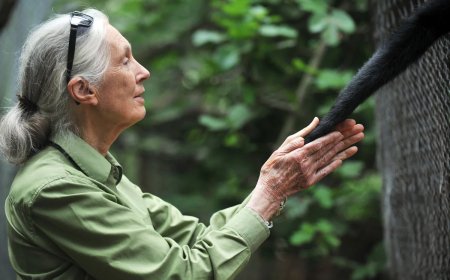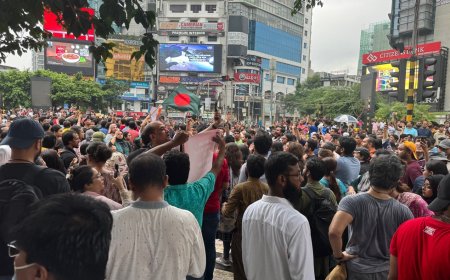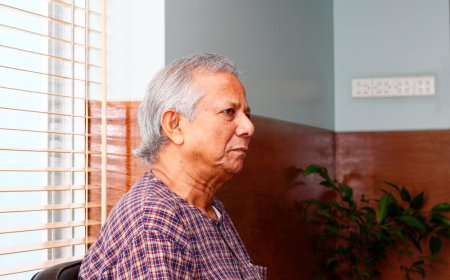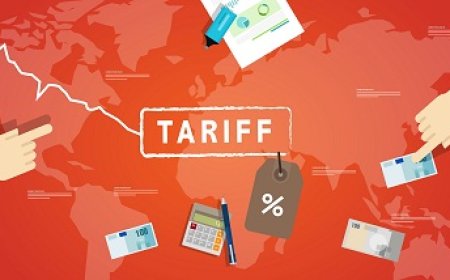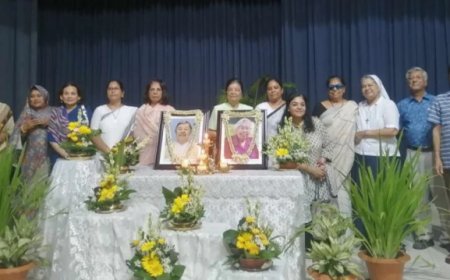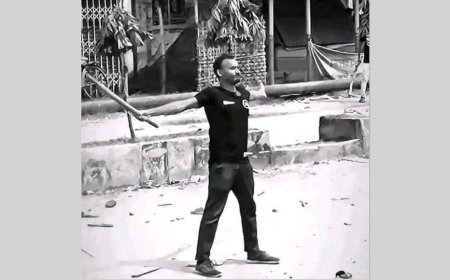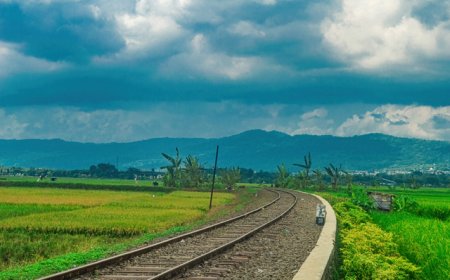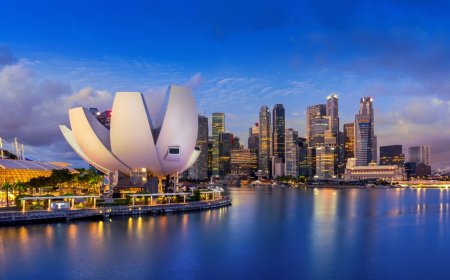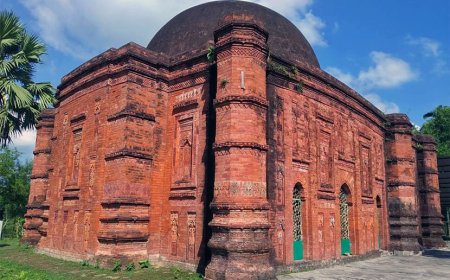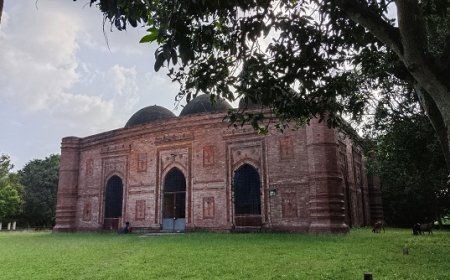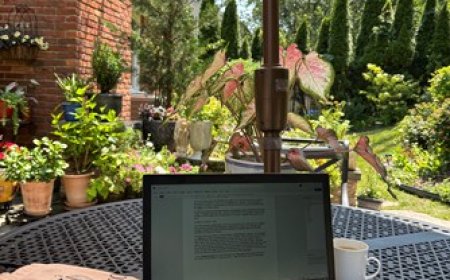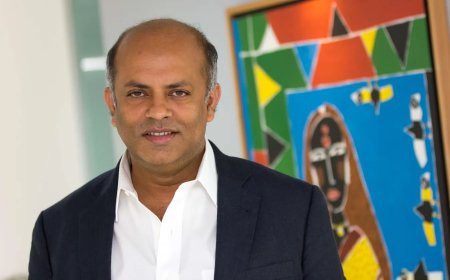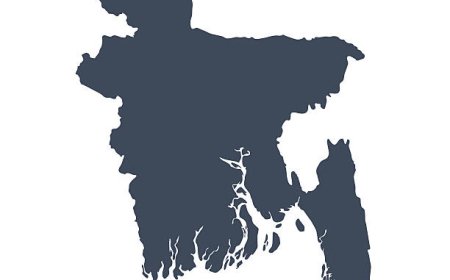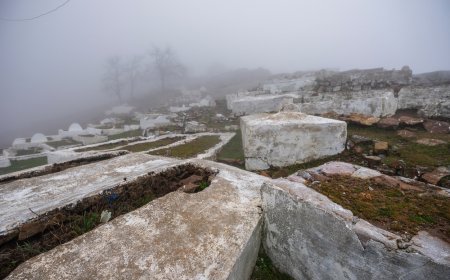Taking Greening Bangladesh Seriously
Without proper planning, scientific implementation, public engagement, and addressing the root causes of deforestation, the pledge to plant 250 million trees will not succeed

Recently, BNP’s Acting Chairperson Tarique Rahman announced that if BNP comes to power, 250 million trees will be planted within five years. At first glance, this may sound ambitious to many. Some even wondered where so many trees could possibly be planted. But according to the Global Forest Watch website (https://www.globalforestwatch.org/dashboards/country/BGD/), Bangladesh lost 8.85 thousand hectares of primary forest between 2002 and 2024, and lost a total of 262 thousand hectares of tree cover between 2001 and 2024, which is equivalent to 13% of the country’s 2000 tree-covered area.
On the other hand, according to estimates from the Bangladesh Forest Department and various NGOs, depending on land type and location, it is possible to plant 600–2,000 seedlings per hectare. Taking a middle figure -- about 1,200 seedlings per hectare -- the country would need roughly 160,000 hectares of land, and Bangladesh does have that amount of vacant or forest land available.
In recent times, newly formed chars (river islands) in the Meghna basin alone amount to about 60,000–65,000 hectares. Therefore, space will not be a problem for planting 250 million trees. In fact, with proper planning and maintenance, this initiative could open the door to multiple opportunities for Bangladesh. It’s not just a path to a greener Bangladesh but also aligns with global efforts to combat climate change.
Planting trees springs from a natural human impulse. But when such a pledge comes from a national leader, this impulse becomes linked with politics and public perception. Then it becomes a competition of who can announce larger tree-planting drives, who can post the most tree-planting photos on social media. However, the reality is that planting trees alone is not enough. If the only objective is to hit numbers, the program risks failure. The success of Tarique Rahman’s 250-million-tree pledge will depend on long-term planning, maintenance, community involvement, and tackling the root causes of deforestation.
Why Planting Trees Alone Is Not Enough
In Bangladesh, tree planting is often thought of as simply digging a hole and putting in a sapling. This oversimplification is exactly why many past projects have failed. Tree planting is often viewed as an easy solution to all problems, but in reality the process of achieving benefits from a tree is quite complex. Therefore, beyond numbers, tree-planting programs must be targeted and sustainable.
From my personal experience working with Singapore’s National Parks Board and local government in Australia, combined with research and conversations with landscape professionals, I believe the success of Tarique Rahman’s announced program will depend on four key areas:
- Identify and prevent the root causes of deforestation.
- Set common goals across government, NGOs, and volunteers.
- Focus not only on planting trees but on restoring entire ecosystems.
- Engage local people as active partners and main beneficiaries.
Bangladesh’s deforestation has complex social and economic drivers, such as high market prices for timber, illegal logging, corruption in government management, poverty, and population pressure. Land grabbing and ownership disputes also pose major challenges. Without addressing these issues, new trees will not survive. Competing land uses, shrinking agricultural land, and encroachment on tree-covered areas are interconnected problems. Tackling one issue in isolation will not yield long-term benefits.
Learning from Experience and Building Future Strategies
Bangladesh has a history of social and coastal afforestation. Programs like the Sufal project and NGO-led initiatives such as Grassroots or GHASHFUL have shown that when communities are engaged, success follows. Conversely, projects limited to political campaigns have failed. One core lesson from Bangladesh’s tree-planting and afforestation projects is that without community ownership and participation, long-term success is elusive.
Strategic considerations are also critical. For example, we must verify whether the land chosen for planting can survive as forest in the long run despite climate change risks. Biodiversity with native species must be ensured to build real ecosystems. To accelerate afforestation, cost-effective methods such as drones or aerial seeding should be explored.
Long-term success also requires sound financial planning, secure land tenure, and transparent monitoring systems. A digital solution is needed to track regular maintenance and annual survival rates. Through a centralized mobile phone app, the state could record the number, species, location, and survival rate of planted trees.
The success of the 250-million-tree initiative should be measured not only by how many trees are planted but also by whether biodiversity is restored and local people are benefiting economically. Ultimately, any national tree-planting program must improve local incomes and living standards to be sustainable. Planting fruit, medicinal, and fiber-yielding trees will benefit not only the environment but also the economy. Nurseries, planting, maintenance, and monitoring could create thousands of new jobs.
Ensuring Success
The pledge to plant 250 million trees is not just a political promise but an opportunity to build a greener and more sustainable Bangladesh. However, without proper planning, scientific implementation, public engagement, and addressing the root causes of deforestation, it will not succeed. If these elements are ensured, the program could leave behind a legacy of environmental, economic, and social progress for generations to come.
What's Your Reaction?







